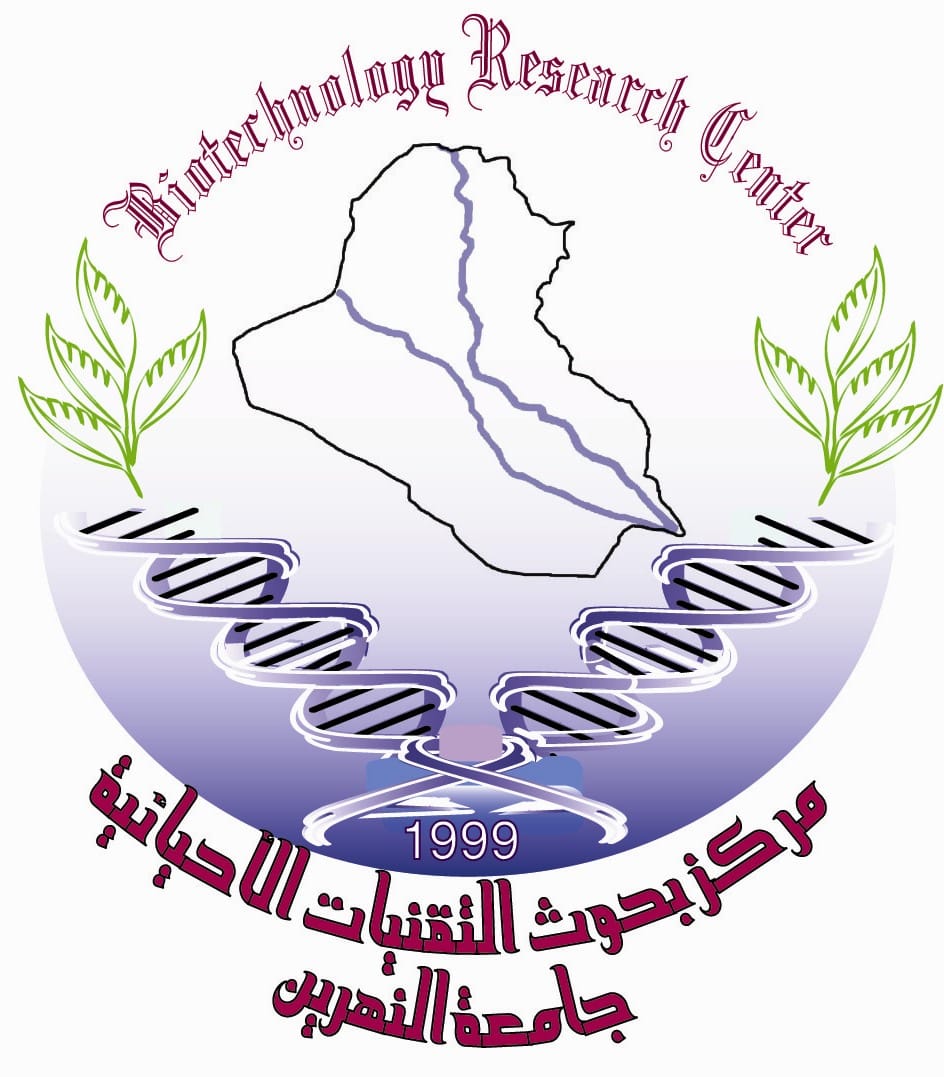The antimicrobial activity of leaves and callus extracts of Thevetia peruviana In vitro
DOI:
https://doi.org/10.24126/jobrc.2013.7.3.285Keywords:
callus extracts, Thevetia peruviana, callusAbstract
The antimicrobial activity for Thevietia peruviana was evaluated by measuring inhibition zone diameter in agar using well diffusion assay. The aim of the present study was to evaluate the antimicrobial potential of Thevietia peruviana leaf extract as compared with callus extract against some bacterial strains and fungi. The results showed that the addition of 2,4-D at the concentration of 9 mg/l, and 0.1 mg/l of kinetin led to obtain callus weight reached 800 mg. It was noticed that the reduction of 2,4-D concentration up to 6 mg/l resulted in compact and green pieces of callus. The optimal weight and friable callus was obtained at 9 mg/l. Among the susceptible bacteria are the gram negative pseudomonas aeruginosa seemed to be sensitive against all concentration of Thevietia peruviana leaf and callus extracts, While Escherichia coli showed resistance with all concentrations of extracts. It was noted that the extracts were more active against gram positive staphylococcus aureus, as compared with other bacterial species. Results of this study revealed that callus extract of Thevetia peruviana possess higher activity in comparison with leaf extract against gram positive bacteria (Staphylococcus aureus, Bacillus cereus) and gram negative (Pseudomonas aeruginosa). Finally all the bioextracts were well stable at room temperature during the period of the study and did not show any reduction of activity against the bacterial strains used in this study experiments.
Downloads
Published
How to Cite
Issue
Section
License
This is an Open Access article distributed under the terms of the creative commons Attribution (CC BY) 4.0 license which permits unrestricted use, distribution, and reproduction in any medium or format, and to alter, transform, or build upon the material, including for commercial use, providing the original author is credited.











